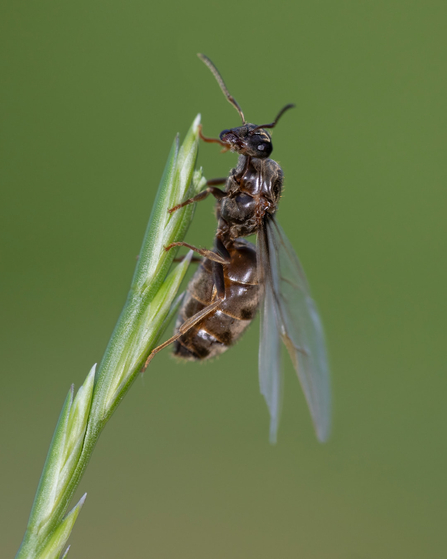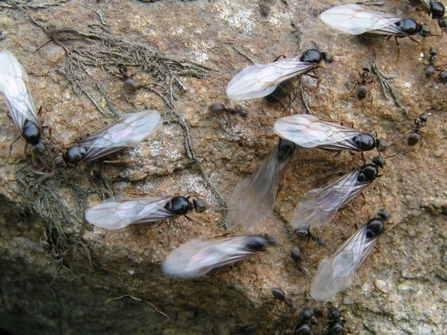I'm always looking out for signs of wildlife when out and about. Last night, whilst walking my dog I was so excited to see the first signs of the upcoming phenomenon - flying ant day (well, we’ll come to the day part in a bit)! The telltale small mounds of dry soil and sand erupting from any gap in the pavement like little volcanoes makes me so happy.
My excitement about ants could be classed as being a bit weird, but I think ants are pretty amazing and they are quite misunderstood by most people! Depending where you are, depends on what species of ant you’ll see. Around our homes and other urban areas, you are most likely to see black ants (Lasius niger).



